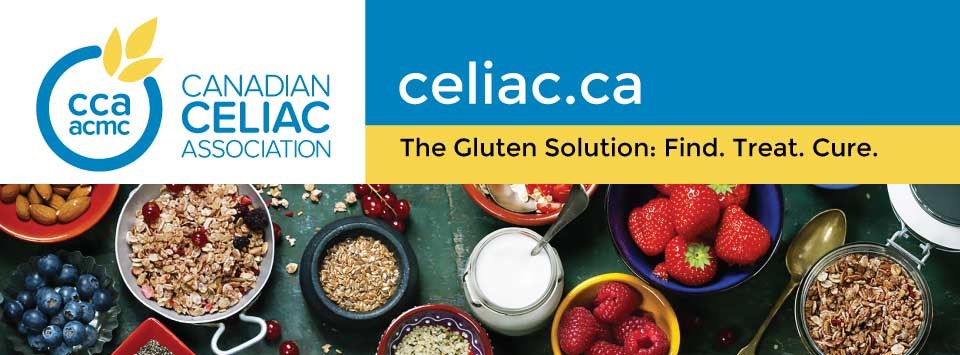Canadian Celiac Association Comments on ‘May Contain’ Statements
 What to think when a product contains both a “Gluten-free” claim and a “May contain wheat” proviso?
What to think when a product contains both a “Gluten-free” claim and a “May contain wheat” proviso?
- printed with the permission of the Canadian Celiac Association*
- A large food retailer in Canada adds “May contain wheat” warnings to virtually all of its house brand products.
- Snack foods imported from some countries regularly list all 12 priority allergens on their ingredient lists.
- Products with a gluten-free claim also carry “may contain wheat” warnings (and this is encouraged by Health Canada and the Canadian Food Inspection Agency).
Almost all the ingredient labelling regulations in Canada are set by regulation but precautionary labels remain in the “optional” category. No wonder people are confused about the words “May contain.”
In the last two years, products have appeared in our stores carrying both a “Gluten-free” claim and a “May contain wheat” warning. According to Health Canada, this labelling rule is acceptable in situations where the product meets the criteria for a gluten-free claim (no gluten ingredients, product made specifically to be gluten free, and no gluten contamination at levels above 20 ppm) but may have levels of gluten contamination below 20 ppm. The “May contain” warning is provided as a service to people with a true wheat allergy. There are no maximum safe levels for allergy warnings.
So what should someone with celiac disease or non-celiac gluten sensitivity do with these products? Here are our recommendations:
1) “Gluten-free” claims must be true so they take precedence over any precautionary “May contain wheat” claims. Go ahead and eat the product.
2) If there is no “gluten-free” claim, but there is a “May contain” warning for any gluten grain, do not eat the product.
The fact that “May contain” labels are voluntary triggers fear for some consumers. Product manufacturers are “responsible for the safety of their products, including addressing potential risks associated with the presence of allergens”. In other words, if the risk is significant and not controlled, they must inform consumers.
Meeting Health Canada: As the voice for people with CD and GS, CCA representatives recently met with Health Canada in June. CCA is also involved in stakeholder consultations related to prescription drugs, natural health products and new beer standards. We will continue to advocate for ways to make labelling more clear for consumers.
*The Canadian Celiac Association is the national voice for people who are adversely affected by gluten, and is dedicated to improving diagnosis and quality of life. They welcome all Canadians with “a gluten problem.” Learn more at www.celiac.ca
Join the CCA
Donations – Can you help the CCA today? The CCA uses the secure services of CanadaHelps.org to manage online donations. You will receive a tax receipt by email, usually within 5 minutes of making your donation.














